Wartime Heritage
ASSOCIATION


copyright © Wartime Heritage Association
Website hosting courtesy of Register.com - a web.com company
The Fall of Hong Kong
December 25, 1941
The Fall of Hong Kong - December 25, 1941
As part of the defence force of the British Colony of Hong Kong, the Royal Rifles of Canada and the Winnipeg Grenadiers sailed
from Vancouver on October 27, 1941. In addition to the 1878 men from the Royal Rifles and Winnipeg Grenadiers, the Canadian
contingent, known as C Force, included 97 members from other units which included the Canadian Chaplain Services (3 members),
the Canadian Dental Corps (7), the Canadian Provost Corps (8), the Corps of Military Staff Clerks (5), the Royal Canadian Army Medical
Corps (7), the Royal Canadian Army Pay Corps (7), Royal Canadian Army Service Corps (17), Royal Canadian Corps of Signals (33), and
the Royal Canadian Ordnance Corps (10). In total, 1975 Canadians participated.
The Canadians arrived in Hong Kong on November 16th. On December 8, 1941, some 14,000 British and Canadian troops
defended the Island against the attacking Japanese Army.
“The Japanese were getting closer and there was no significant air or naval defence. The RAF was a small crowd, seven
officers and sixty men with ten aircraft, five of them obsolete. The navy had one destroyer, ten motor boats and a few gunboats.
Hong Kong did have Canadian and British troops and four thousand Europeans, Portuguese, and Chinese but the Japanese were
battle hardened and they outnumber us.
After the first air attacks the RAF had but one plane intact. They joined the land defenses, some dug in just above the
Canadians who tried to be helpful ... took them up some hot tea and helped them with the digging. There was also heavy bombing
of the harbour, and there were many casualties. The navy ordered all ships scuttled and took up land defence.
The Japanese landed on the island....and the defenders failed to drive them out. What a Christmas day! ... Empty stomachs,
tired out, and only heaven knew what was going to happen next ... The Japanese were pushing against what remained of the
defence.” (dialogue as presented in Echoes of the Forties - Wartime Heritage Association 2008)
The battle for Hong Kong lasted from the 8th of December until the 25th. At 3:15 on the afternoon of Christmas Day, the British
Governor surrendered to the Imperial Japanese Army. In the seventeen and a half days of battle 290 Canadians were killed and 493
wounded. For the next three and a half years, the Canadian and British POWs were imprisoned in Hong Kong and Japan. They
endured brutal treatment and near-starvation. In the Prisoner of War Camps they would often work 12 hours a day in mines or on the
docks in the cold. Many did not survive. In all, more than 550 of the 1,975 Canadians who sailed from Vancouver in October 1941
never returned.
The following 22 Casualties with ties to Nova Scotia died during the Battle of Hong Kong, or later in the war
as Prisoners of War captured at Hong Kong
Yarmouth and Shelburne Counties of Nova Scotia - Casualties/Prisoners
Private Percy Atwood (Shelburne Co., NS)
Private Hercules Buchanan (Shelburne Co., NS)
Private George R. Churchill (Yarmouth Co., NS)
Private Kenneth Gates (1913-1985) (Yarmouth Co., NS)
Private Angus John Jacquard (Yarmouth Co., NS)
Private Gilbert G. Jacquard (1919-2011) (Yarmouth Co., NS)
Private Ferdinand Lloyd (Shelburne Co., NS)
Royal Rifles
Acorn, John Murdock
Atwood, Percy Coleman
Bent, Howard Norman
Bottie, Leo Joseph
Cormier, Leo Abbey
Culleton, Wellington
Jacquard, Angus John
MacLaughlin, Thomas
McLean, Charles Lewis
McGrath, William Joseph
McIsaac, Joseph
Moore, Walter Leslie
Pattersin, James Richard
Ray, Irvin Kirwin
Roblee, Lloyd Logan
Sarty, Perry
Surette, Henry Andrew
Wyrwas, Frederick Arnold
Royal Canadian Army Pay Corps
Ellis, Lyle Leonard
Royal Canadian Ordnance Corps
McGuire, Frank Charles
Winnipeg Grenadiers
Rutherford, Archibald Roy
Merchant Navy
King, Joseph Victor
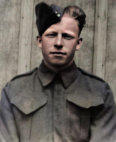
Percy Atwood
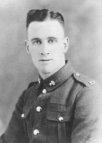
A. R. Rutherford
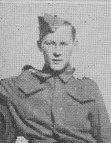

Charles MacLean
Frank McGuire
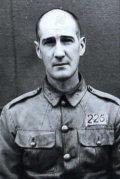
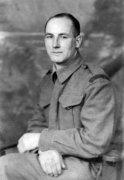
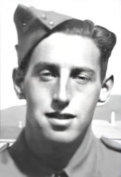
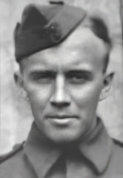
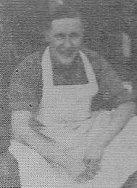
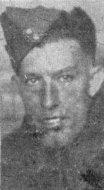
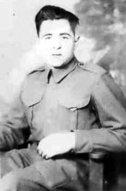
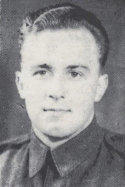
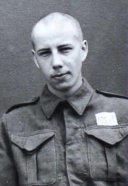
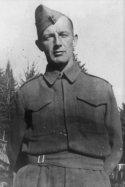
James Patterson
Irvin Kirwin Ray
Henry Andrew Surette
Frederick Wyrwas
Wellington Culleton
Lyle Ellis
Lloyd Roblee
Joseph McIsaac
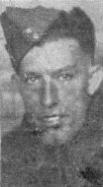
Leo Bottie
William McGrath
Background photo: Disembarkation of Force C from H.M.C.S. Prince Robert.
Canada. Dept. of National Defence / Library and Archives Canada / PA-114820
Related Pages:
Bitter Surrender (from Selected Stories - Wartime Heritage)
Remembering Herbert Thomas Deakin HMS Thracian
George Egan Able Seaman Royal Navy HMS Thracian
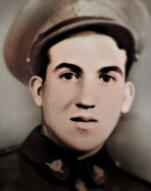
Angus John Jacquard
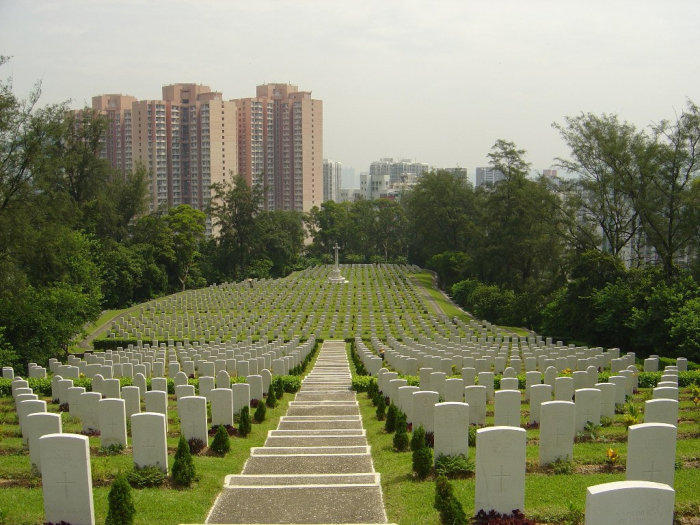
Sai Wan War Cemetery


- World War I - Menu
- WWI Stories and Articles
- Photos - Yarmouth Soldiers
- Selection of World War I Songs
- WWI Casualties of Yarmouth, NS
- Those Who Served - Yarmouth, NS
- WWI Casualties Digby Co. NS
- WWI Casualties Shelburne Co. NS
- Merchant Mariners (1915) Yarmouth, NS
- Canadian Forestry Corps - Non Yarmouth Birth/Residence Enlistments
- US Draft Registry - Yarmouth NS Born


- World War II - Menu
- WWII Stories and Articles
- Telegraphist Air Gunners
- WWII Casualties of Nova Scotia
- US Casualties with NS Connection
- Far East/Pacific Casualties with NS Connection
- Merchant Navy Casualties Nova Scotia
- Nova Scotia WWII Casualties Holten Canadian War Cemetery
- D-Day Casualties - Nova Scotia
- CANLOAN Program Casualties - Nova Scotia
- Battle of the Bulge Casualties - Nova Scotia
- WWII Casualties Yarmouth NS
- Yarmouth Casualties - RCAF RAF Canadian Army WWII
- Yarmouth Co., Marrages WWII
- Casualties Non-Born/Residents with Connection to Yarmouth Co., Nova Scotia.
- WWII Casualties Digby Co., NS
- Non-Nova Scotian WWII Casualties Buried in Nova Scotia
- WWII RCAF Casualties Aged 16-18
- Brothers/Sisters Who Served - World War II













